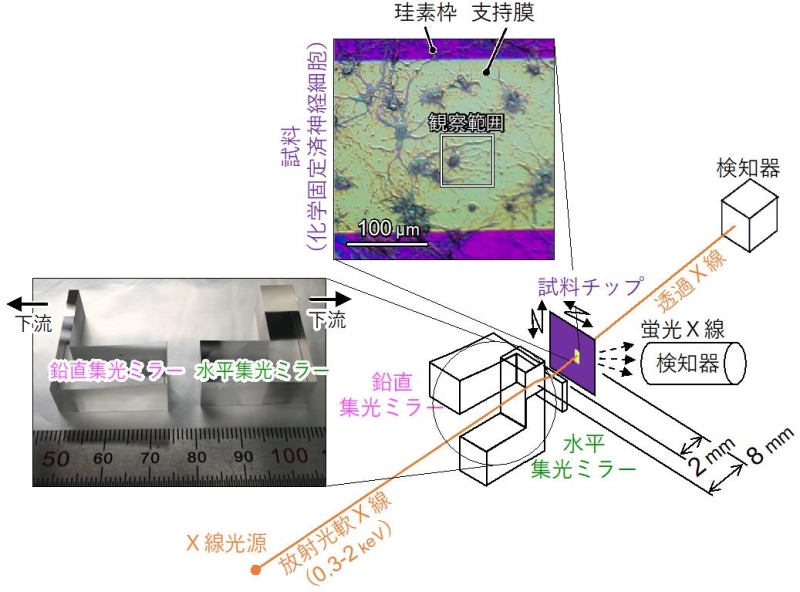2024-02-08 シンガポール国立大学(NUS)

<関連情報>
- https://news.nus.edu.sg/novel-technique-advanced-data-processing/
- https://www.pnas.org/doi/10.1073/pnas.2311436121
CycleGANによるマニホールド・フィッティング Manifold fitting with CycleGAN
Zhigang Yao zhigang.yao@nus.edu.sg, Jiaji Su, and Shing-Tung Yau
Proceedings of the National Academy of Sciences Published:January 24, 2024
DOI:https://doi.org/10.1073/pnas.2311436121
Significance
Manifold fitting, a crucial challenge in nonlinear data analysis, holds immense potential for efficient and accurate modeling. However, existing methods struggle to balance accuracy and computational efficiency. In this study, we harness the adversarial generative network to model the relationship between low-dimensional latent space and high-dimensional ambient space, mirroring Riemannian exponential and logarithmic maps, for robust manifold analysis. Our extensive simulations and real data tests confirm our method’s ability to capture complex manifold structures in high-dimensional data. This approach has profound implications in statistics and computer science, especially for dimensionality reduction and processing non-Euclidean data. By addressing previous methods’ limitations, our research paves the way for enhanced data analysis and offers valuable insights for diverse applications in the scientific community.
Abstract
Manifold fitting, which offers substantial potential for efficient and accurate modeling, poses a critical challenge in nonlinear data analysis. This study presents an approach that employs neural networks to fit the latent manifold. Leveraging the generative adversarial framework, this method learns smooth mappings between low-dimensional latent space and high-dimensional ambient space, echoing the Riemannian exponential and logarithmic maps. The well-trained neural networks provide estimations for the latent manifold, facilitate data projection onto the manifold, and even generate data points that reside directly within the manifold. Through an extensive series of simulation studies and real data experiments, we demonstrate the effectiveness and accuracy of our approach in capturing the inherent structure of the underlying manifold within the ambient space data. Notably, our method exceeds the computational efficiency limitations of previous approaches and offers control over the dimensionality and smoothness of the resulting manifold. This advancement holds significant potential in the fields of statistics and computer science. The seamless integration of powerful neural network architectures with generative adversarial techniques unlocks possibilities for manifold fitting, thereby enhancing data analysis. The implications of our findings span diverse applications, from dimensionality reduction and data visualization to generating authentic data. Collectively, our research paves the way for future advancements in nonlinear data analysis and offers a beacon for subsequent scholarly pursuits.



